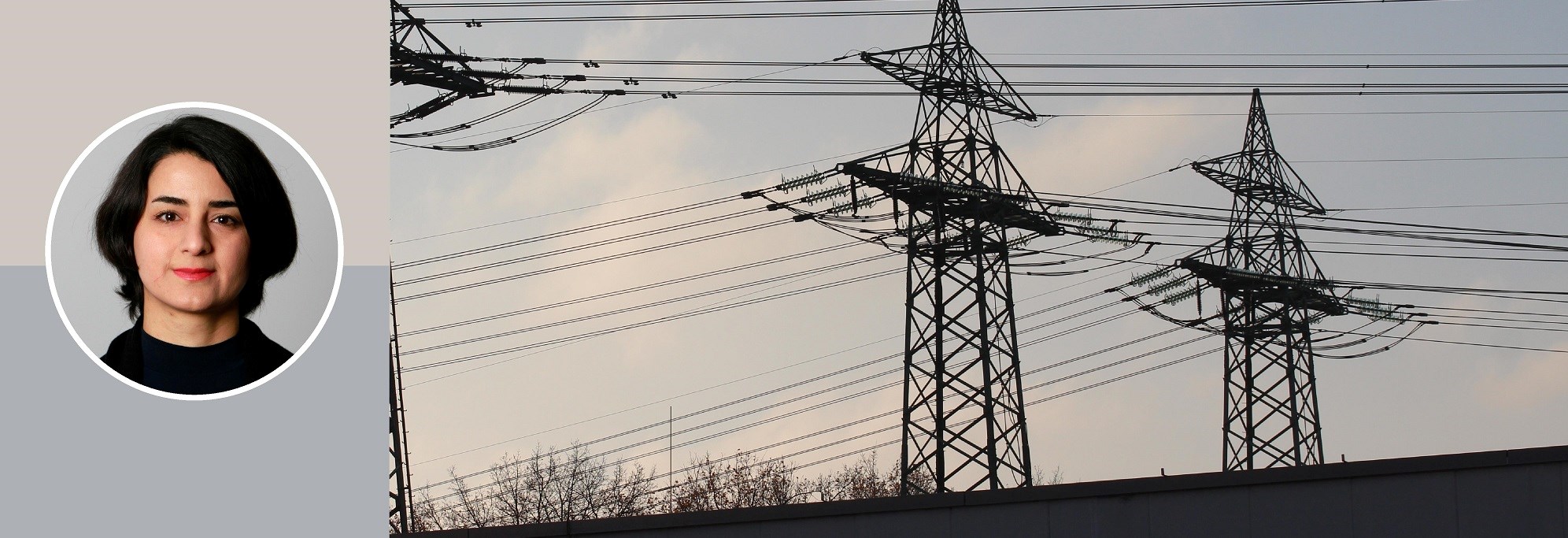
Market Power and Intraday Market Issues
On Wednesday 16 June 2021 Somayeh Rahimi Alangi will hold a trial lecture on a prescribed topic and defend her thesis for the PhD degree at NHH.
PRESCRIBED TOPIC FOR THE TRIAL LECTURE:
«The impact of electric vehicles in energy markets and on the environment»
TRIAL LECTURE:
14.15
TITLE OF THE THESIS:
SUMMARY:
The aim of the thesis is to find the major deficiencies of the current European electricity market design and to present the remedial or alternative designs.
In Chapter 1, the European continuous trading intraday market and its relevant terms and terminologies are fully reviewed.
In chapter 2, one of the challenges of European sequential market design, which is providing some opportunities to exercise market power, has been studied. The main reason of such issue is the different congestion management techniques utilized in the day-ahead market than in the balancing market. In this paper, the market power potential of nodal model is compared with ATC and flow-based zonal models. We show that in zonal models the need for redispatch at real-time creates a place for gaming. The results show that in zonal ATC model, market power could be very dependent on the ATC levels and therefore this model has the highest potential of market power among others. The results do not show very different surpluses for strategic player in various flow-based models than in the nodal model, although the social surplus of nodal model with a great difference is higher than the other models.
In chapter 3, Alangi (and coauthors) show that in addition to its original functionality, intraday market can also be designed as a congestion management tool such that gradually and by an iterative procedure feasible flows are achievable at the end of the intraday market. By customizing the coordinated multilateral trading (CMT) approach to the current European structure, our model is able to reach to the optimal nodal solution, provided that all circumstances such as bid and offers remain unchanged and no uncertainty is modeled. By these assumptions and running day-ahead market with different ATCs, we reach to the conclusion that irrespective of what ATCs are adopted in the day-ahead market, at the end of the intraday market optimal nodal solution is achievable.
In chapter 4, the optimal timing of one intraday auction in the presence of wind uncertainty and flexibility costs is examined. By getting closer to the delivery time, the forecast errors and therefore uncertainty is declining while the flexibility of the power system decreases and the related cost increases. The day-ahead economic dispatch problem with expected wind power at delivery hour is optimized. Then for 3 intraday places, optimal re-adjustments are done to correct expected wind deviations from day-ahead market. Likewise, the final optimal reschedule is done in real-time to cope with the real wind deviations from intraday. Testing several scenario trees with uncertainty reduction characteristic from day-ahead to real-time reveals that even though standard deviation is an important measure for uncertainty, the scenario trees that are based on expected wind power cannot represent the impact of standard deviation reduction efficiently and therefore are not useful tools for evaluating trade-off between uncertainty and flexibility.
In chapter 5, Alangi focuses on limit order book modeling and simulation wherein market participants (intermittent and conventional generators, elastic demands and financial traders) randomly submit market orders or limit orders with random quantities chosen from their residual capacity or cleared capacity (depending on ask or bid order submission) and marginal cost as the submitted price. The model is able to manage the order arrivals, their addition to the list (as limit order) or matching them with the best available opposite order (market order), store the matched trades, update the quantities of matched orders and lastly accept part (or whole) of matched order to maintain the feasibility of transmission network with respect to the nodal constraints of the network.
DEFENSE:
15:30
MEMBERS OF THE EVALUATION COMMITTEE:
Professor Mario Guajardo (chair of the committee), Department of Business and Management Science, NHH
Associate Professor Golbon Zakeri, University of Massachusetts Amherst
Dr. Martin Weibelzahl, Fraunhofer Institute for Applied Information Technology
SUPERVISORS:
Professor Mette Helen Bjørndal, Department of Business and Management Science, NHH
Professor Endre Bjørndal, Department of Business and Management Science, NHH
Associate Professor Jalal Kazempour, Technical University of Denmark
The trial lecture and thesis defence will be open to the public.